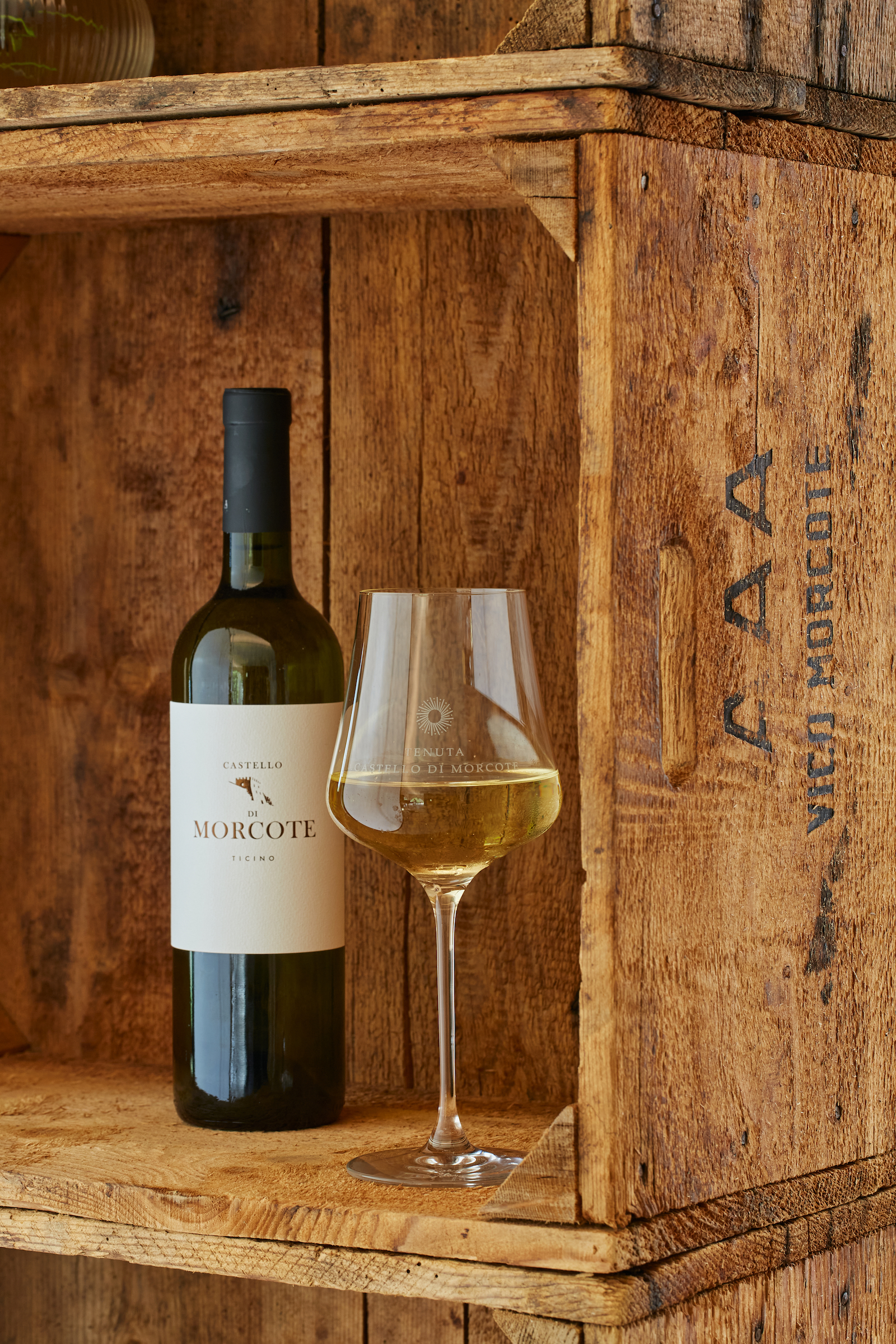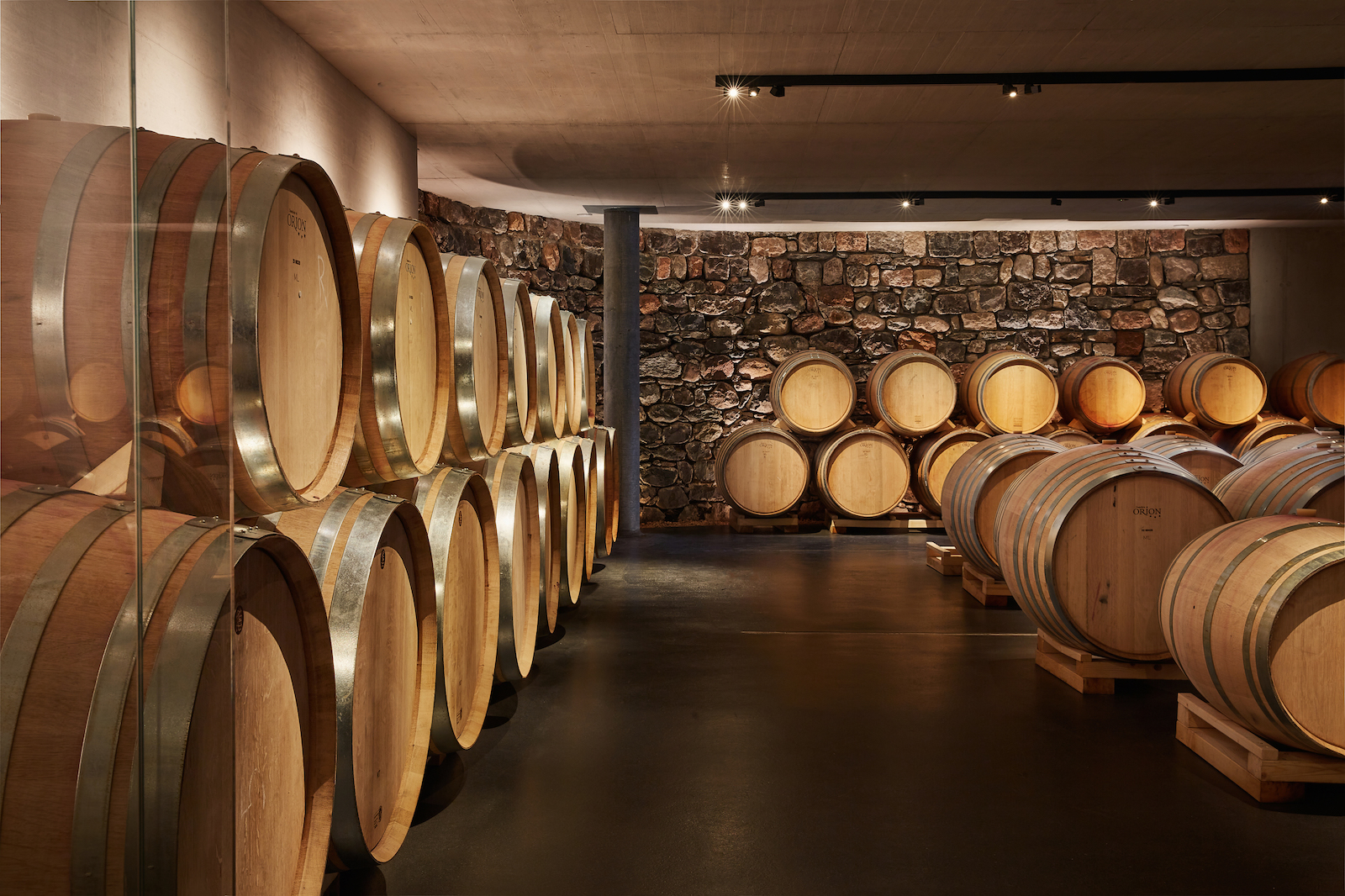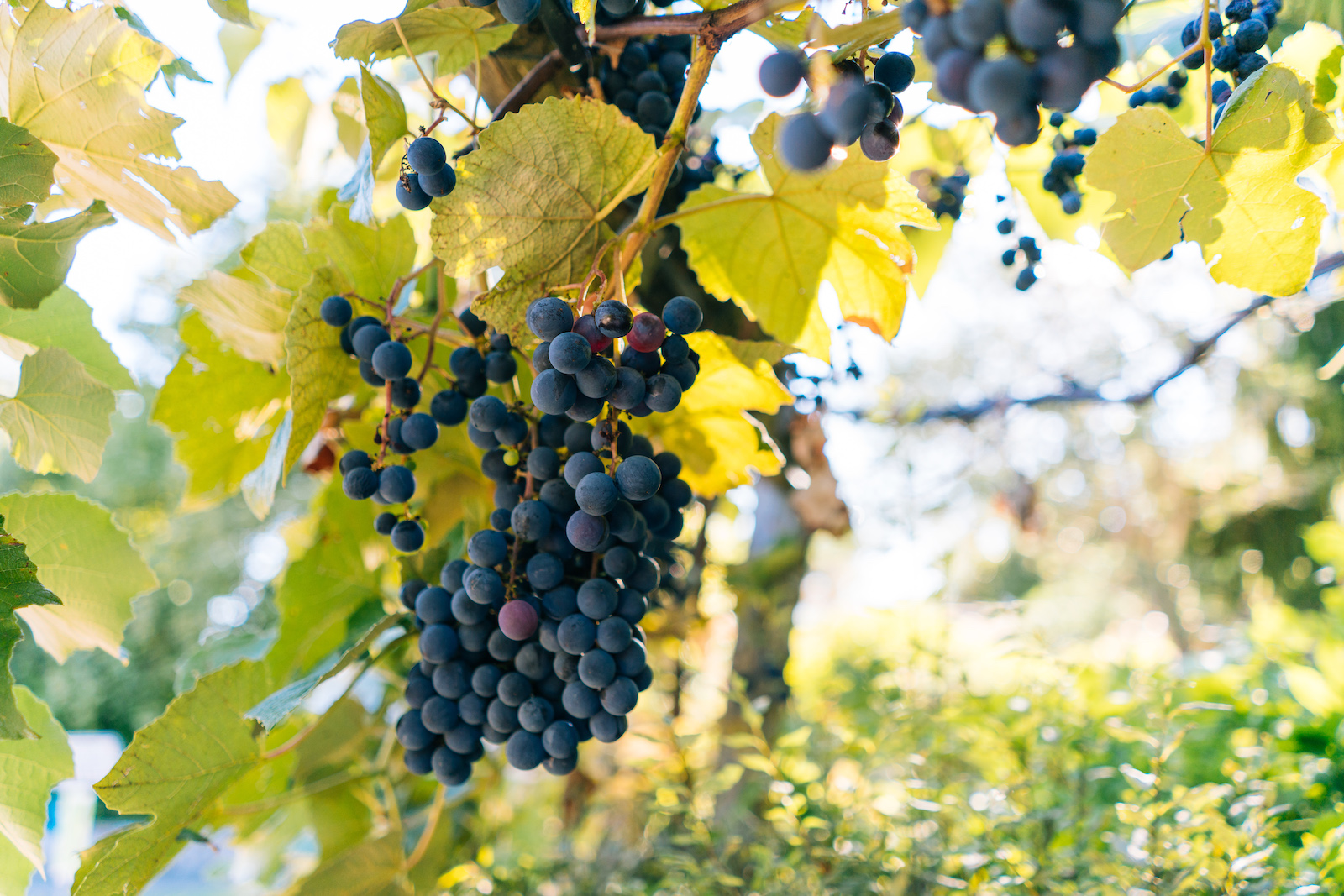Switzerland has a secret.
Surrounded on all sides by some of the world’s best wine-producing countries—France, Germany, Italy, and Austria—Switzerland shares their weather and terroir. But have you ever ordered a glass of Swiss wine outside of the country? Switzerland produces over a million hectolitres (about 150 million bottles) of wine each year and exports only about 1 per cent of it. Swiss wine outside the country’s borders is a true rarity.
The southernmost of the tiny country’s six wine-producing regions, nestled against Italy, is Ticino. The canton of Ticino has a rich history of winemaking, stretching back to the Roman Empire. It has the sunniest, warmest weather in all the country, with large lakes creating a microclimate that makes it not only a holiday hot spot for the Swiss but also the ideal environment for growing grapes.
Switzerland supports around 1,500 winemakers across all 26 of its cantons, which produce over 250 grape varietals. But when you’re in Ticino, you come for one special “secret” wine.

Photo by Egle Berruti courtesy of Relais Castello di Morcote.
When making traditional red wine, the longer the juice spends in direct contact with red grape skins, the darker it becomes and the more tannins it absorbs. Remove the skin from merlot grapes before fermentation and the resulting wine is merlot bianco—white merlot. (Merlot bianco should not be confused with French merlot blanc that’s derived from crossing merlot and champagne grapes.)
Because the terroir throughout Ticino differs significantly, from acidic in the north to chalky in the south, the flavour of merlot bianco cannot be singularly profiled. It ranges from sweet and fruity to light and floral, and even to savoury and salty. The best way to understand this unique wine is to taste your way through the canton. The wine gives a tactile, delicious understanding of Ticino, both its geography and its history.
While Ticino’s past in winemaking is long and storied, merlot’s inclusion is relatively recent. In the early 20th century, the microscopic yellow louse phylloxera decimated almost all the grape crops in Ticino after nearly wiping out France’s vineyards in the previous century. Wine was already a crucial part of Switzerland’s economy, so new varietals were quickly brought in, including the New World merlot in 1906.
Merlot was thriving in Italy, and because Ticino and Italy share a border, climate, and terroir, it did equally well in its new home. After decades establishing itself as a new favourite wine (merlot accounts for 8 per cent of Switzerland’s overall wine production), Ticinese merlot encountered a new challenge.

Photo by Egle Berruti courtesy of Relais Castello di Morcote.
The varietal flourished so well that Ticino produced more red wine than the market could bear. Winemakers started to run out of storage space and had to find another use for the grapes. Necessity being the mother of invention, a new product was brought to market. Why should winemakers limit themselves to just red? Merlot grapes processed as you would for white wine, eliminating skin contact, created a new wine that appealed to new markets. Merlot bianco, Switzerland’s well-guarded secret, was born.
To taste merlot bianco is to hold history, ingenuity, and resiliency in a glass. Among Swiss wines—already a rarified encounter outside the country—these bottles are unicorns. To appreciate their full diversity of flavour, you’ll have to visit Ticino for yourself.
Read more stories about food and drink.









